
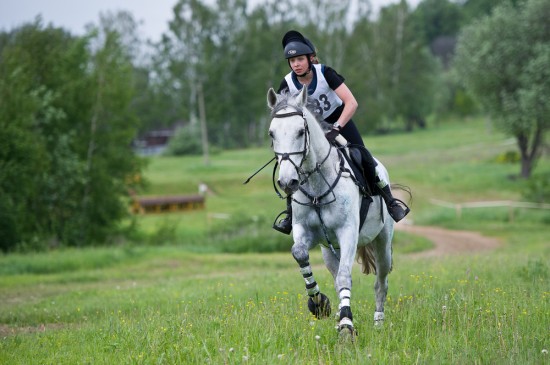
Although only created as a sport in 1955, endurance races have existed for centuries – from the ancient races across the desert, to the Calvary, and postal runs of the Pony Express. Now it is represented at the Equine World Championships, with many races across the world. It isn’t a sport just for the professionals though, as anyone with a healthy and sound horse can have a go.
A competitive endurance race can range from 40-160km, which is completed in one day. There are also events which continue over multiple days! The aim is to travel at a set speed across the course, so you are competing against the clock. Riders must work out what is the quickest and safest way to complete the course – this can also include dismounting and running beside your horse if terrain is steep, uneven or to give a horse a break from carrying their weight. There will be checkpoints across the course where vets will check the soundness, heart rate and dehydration rates of the horse. At any point they can pull you from the event. As a rider, you must aim to keep your horse at a steady speed and heart rate. The winner is the person who finishes the course the fastest, passing all of the checkpoints. Horses will also be checked at the finish, which can lead to a nail biting award ceremony.
The best way to start your competitive experience is to enter a 32km (20 miles) ride. This will help you learn the basics of riding for long distances, and adapting to different terrains and weather. You will also start to build a relationship with your horse, and develop a rhythm that you both can sustain over a long distance. If you are nervous, contact the organisers or Endurance GB. In many cases they can put you in contact with an experienced rider to give you tips, or even arrange for a buddy to ride with you through the race.
There is also the Golden Horseshoe challenge, a weekend of rides across Exmoor, which offer a novice and pleasure rider event. Here you can watch the professionals, as well as get your horse used to the sights and sounds. Many regions also offer charity distance rides, which you can enter to improve fitness and test your timings.
The overall aim in endurance riding is comfort. Other than wearing an approved riding hat, the rider can wear anything that is safe and comfortable. Plan for all weathers, as once you are out there you will need to rely on your own wits.
As your horse will be travelling over a long distance, it is essential that the saddle is fitted professionally and is light. The seat must also be comfortable for you to ride in for many hours. You can get specialist endurance saddles, but treeless and flexible panel saddles are also worth trying. A gel back protector will also help protect your horses back, distributing weight evenly. As you will need to carry items, such as lead ropes, water, and maps, make sure you have rings on the saddle or small saddle bags.
Depending on the terrain, consider boots for your horse carefully. You will want to protect their legs, but mud or crossing rivers could make them heavy and useless.
All shapes and sizes can compete in endurance – from hardy Native breeds right through to warmbloods. Arabians are the favourite amongst professional riders, having been bred to run for long distances in harsh conditions.
The most important thing is that your horse is healthy, has strong legs and is under control. Many of the rides are over wide, open moors so if you have no brakes, it will make it very difficult. Your horse must also be fit, able to cover the distances and pass all of the checks.
You will first need to assess your horse’s fitness levels and resting heart rate. You must get to know how quickly his or her heart rate returns to resting after every training session, as this is what is assessed in every ride. It should return to normal after 10mins. The easiest way to check this is to buy a stethoscope.
If your horse is puffing after climbing a small slope, then you must start to build him up from the beginning. Start with lots of walking work, and lunge on both sides every day starting at 5mins and slowly building up. Gradually add trot, then canter and extend the mileage every week. When your horse (and you) can trot over 16km 3-4 times a week, you can start to enter 40km rides.
Make sure you are also schooling every week. Crossing streams and covering different terrain will require you to have complete control over your mount. It helps improve balance and build up muscles to help sustain a constant tempo. You can also learn your horse’s limits. Endurance riding is about using energy wisely, not just flat out speed.
As you train your horse and improve their fitness, always remember to adjust their diet. Make sure you warm them up and cool them down properly, and always be aware if they are stiff or in pain. Even with an extensive training schedule they should have a day off a week.
It isn’t just about your horse’s fitness. To ride you also need to be fit. Riding will help, but you should also consider your own endurance training – running, cardiovascular work outs, as well as developing flexibility through Pilates. To improve your position in the saddle, try a mechanical horse lesson to see where your balance and weight impacts on the horse’s movement, also seek advice from experts who will have tips on developing your seat. You will need to adapt your diet, especially before events so you can cope with the activity without getting cramps or dehydrated.
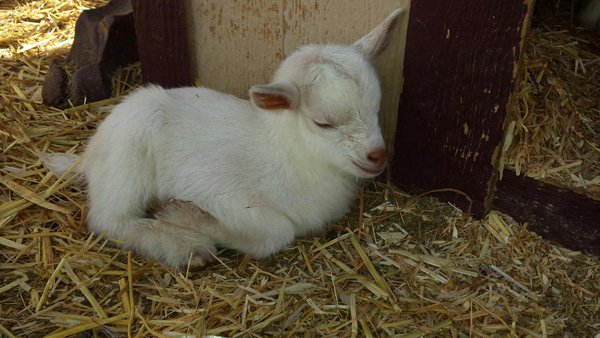 Know How to Make Dog Care More Fun
Know How to Make Dog Care More Fun
Your pet n
Know How to Make Dog Care More Fun
Know How to Make Dog Care More Fun
Your pet n
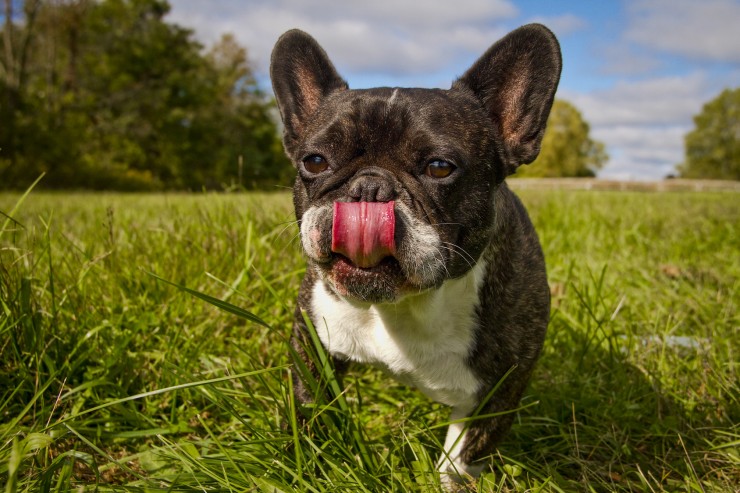 Things Every New Dog Owner Needs To Know About Their Pet
Things Every New
Things Every New Dog Owner Needs To Know About Their Pet
Things Every New
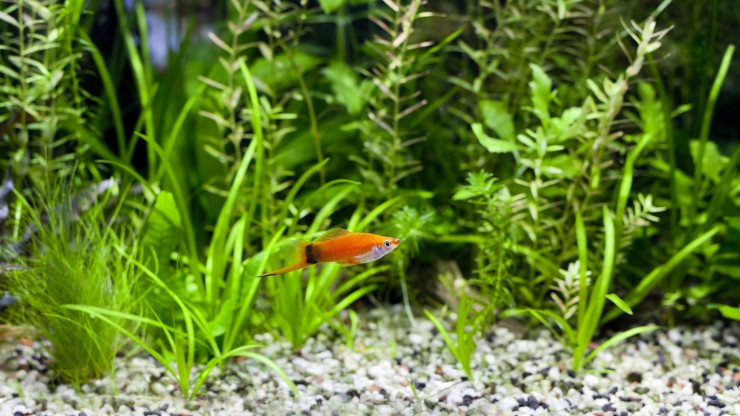 Tips On Keeping Fish Tank Water Crystal Clear
Tips On Keeping F
Tips On Keeping Fish Tank Water Crystal Clear
Tips On Keeping F
 Scaredy Cat - Why Is Your Cat So Nervous?
Scaredy Cat - Why
Scaredy Cat - Why Is Your Cat So Nervous?
Scaredy Cat - Why
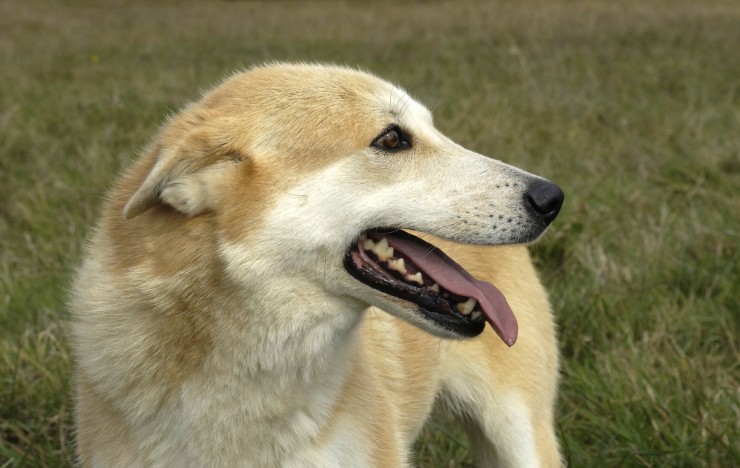 What Is A Canaan Dog?
What Is A Canaan
What Is A Canaan Dog?
What Is A Canaan
Copyright © 2005-2016 Pet Information All Rights Reserved
Contact us: www162date@outlook.com